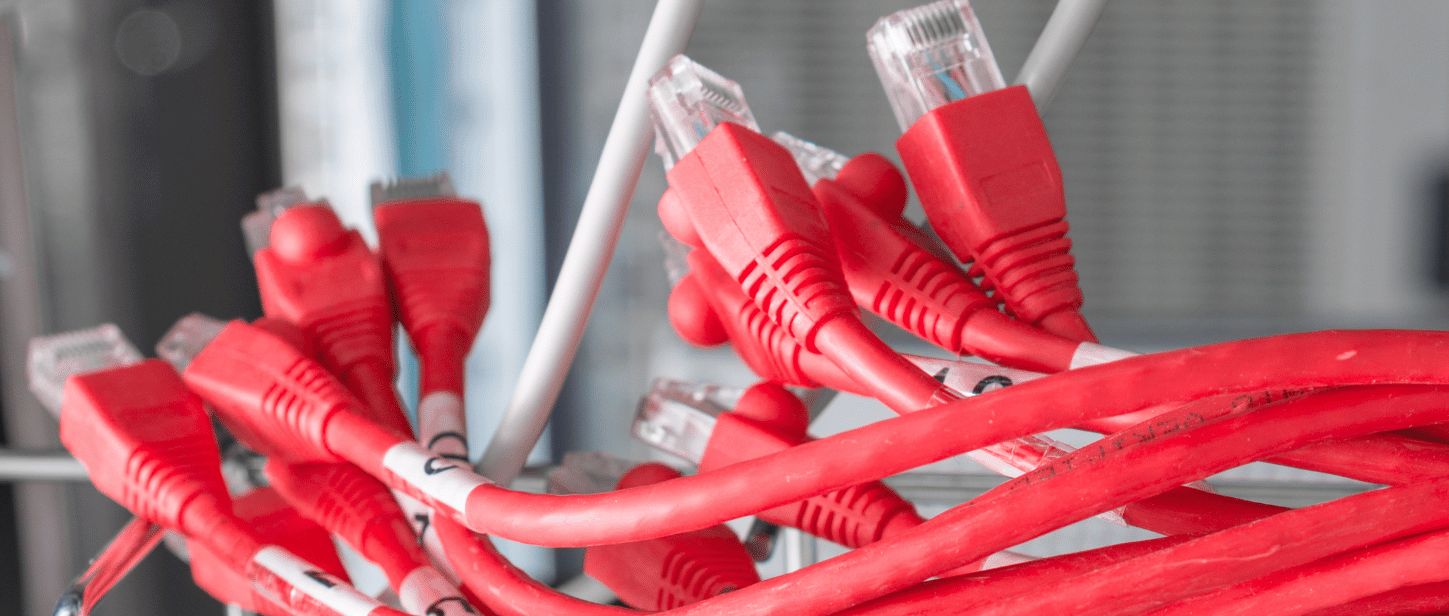Industrial Ethernet Cables
While wireless technology has become commonplace in the everyday consumer’s home, with features like WiFi, 5G cellular connectivity, and even wireless charging for devices becoming highly popular, many consumers’ homes still utilize the classic Cat-6 connector throughout the home. Routers connect to other devices via Ethernet and LAN wires, and many power users still prefer the speed and reliability of wired connections over wireless options. This reliance on wired Ethernet connections increases exponentially for business needs, as just about any company that has even basic servers in-house will need lots of Ethernet wires or even basic assemblies to connect everything together. However, the types of Ethernet and Cat-6 connectors and the materials used for wires or cable assemblies will vary wildly depending on the business facility’s industry, environment and level of hazardous factors involved. Here is a brief guide on the types of scenarios where industrial strength Ethernet cables and wires are needed, and when higher speed but lower durability options are more viable.
The Benefits of Industrial Ethernet Wires and Cable Assemblies
- Extreme durability in harsh environments
Industrial grade cables are typically built with tough materials, larger gauges, and shielded construction to ensure that they will continue working in harsh conditions, whether those conditions are extreme temperatures, liquid resistance, electromagnetic interference etc. This is extremely important for all kinds of industrial facilities that manufacture products using high temperatures, corrosive chemicals or strong vibrations as they can’t afford to have wires or cables failing in those conditions. - Determinism to ensure that data is delivered on time, every time
Rather than being optimized for speed, industrial Ethernet cables and the protocols they are compatible with provide determinism. This allows engineers to ensure that data packets arrive exactly when they are supposed to. This is necessary because equipment in an industrial or manufacturing setting needs to communicate packets of data at very specific times to ensure that the production line or process does not miss important steps, or fail because one piece of equipment wasn’t able to send its update to the next. While we just manufacture the cables used for industrial Ethernet applications, we ensure that our industrial cables meet all specifications from our customers so that they will be able to provide exactly what’s needed.
The Drawbacks of Industrial Ethernet Wires and Cable Assemblies
- More expensive than standard ethernet cables
Because of the extra strong materials and special construction methods used to protect the transmission of data under harsh conditions, the obvious caveat for industrial Ethernet wiring and cable assemblies is that they are much more expensive to produce than your basic, commercially available LAN wire or cable. This means that unless that extra durability is needed, companies may be able to save with having less durable, but more economical Cat-6 cables used. - Lower speeds than what the fastest standard ethernet wires can support
Gigabit Internet speeds are now achievable for consumers in large cities across the United States, but to access that speed you won’t want to be using an industrial Ethernet cable. These cables are intended for smaller packet transfer needs and optimized for durability over speed, as the needs for industrial applications rarely require more transfer speed than 100 megabytes per second. If you’re needing to download and upload massive files every day, like extremely high resolution medical imaging or IMAX film footage, industrial Ethernet cables won’t be able to support the speed you need so other options may be best.
We hope this guide was helpful for anyone who is unfamiliar with the difference between industrial and commercial grade Ethernet cables, and what might be best for your needs. If you are with an industrial company in need of a better source for your Ethernet cables, please contact us and let us know what you need. We’d love to see your cable drawing if you have one and find out how we can assist you!
